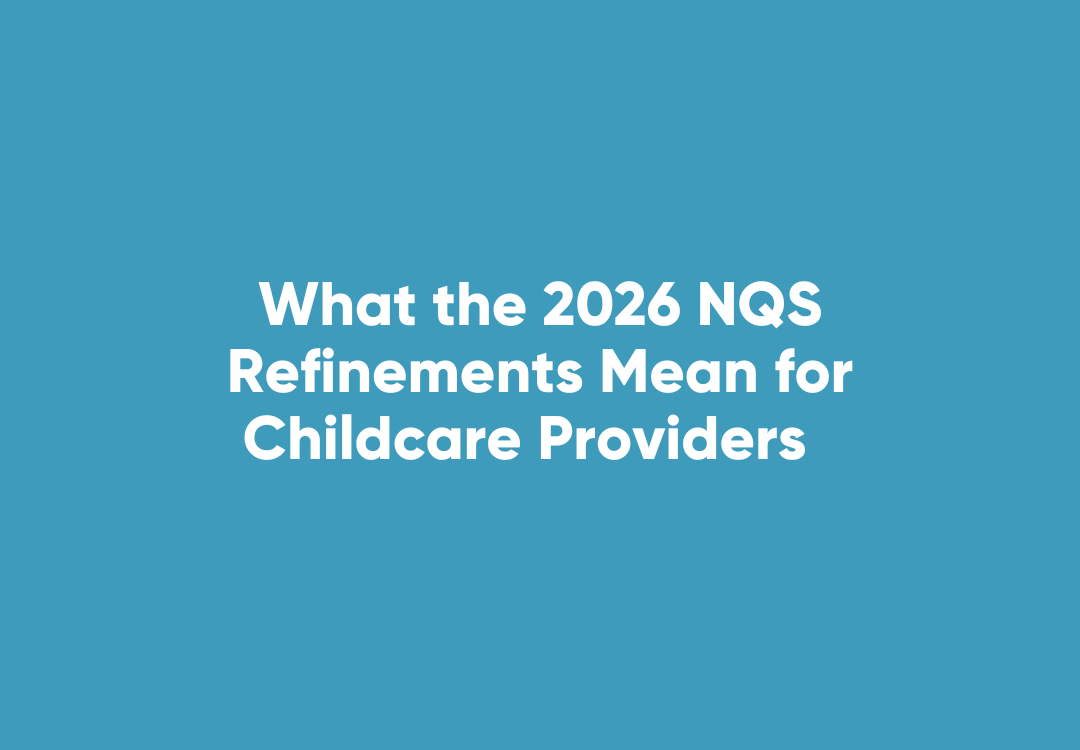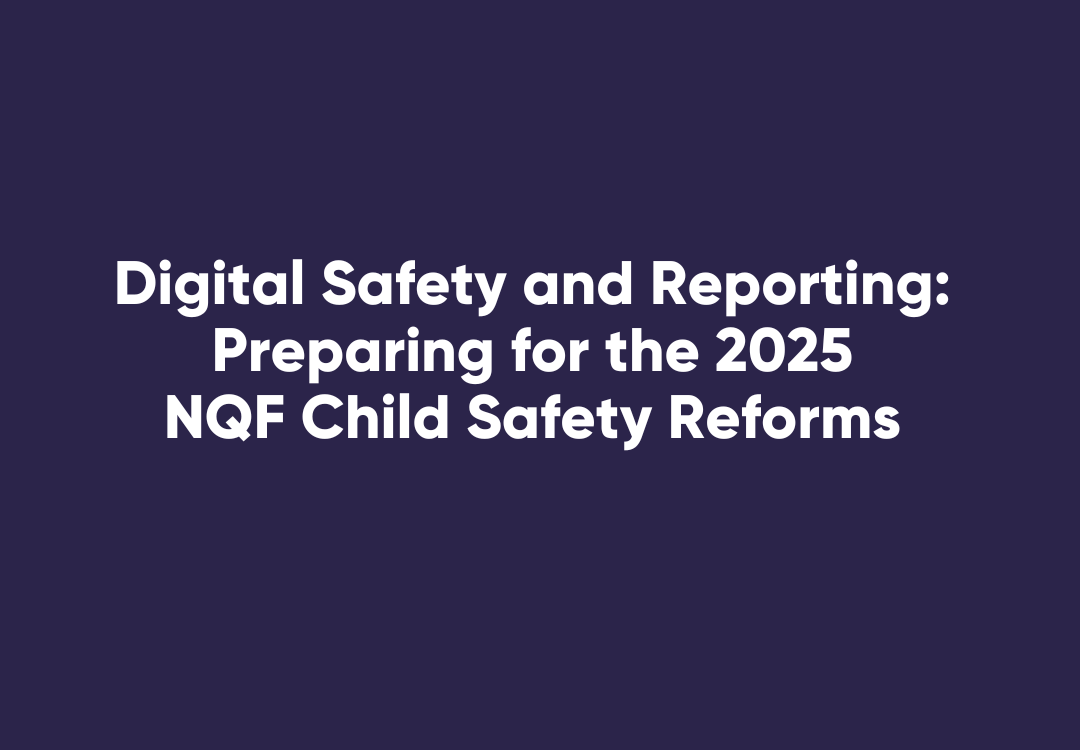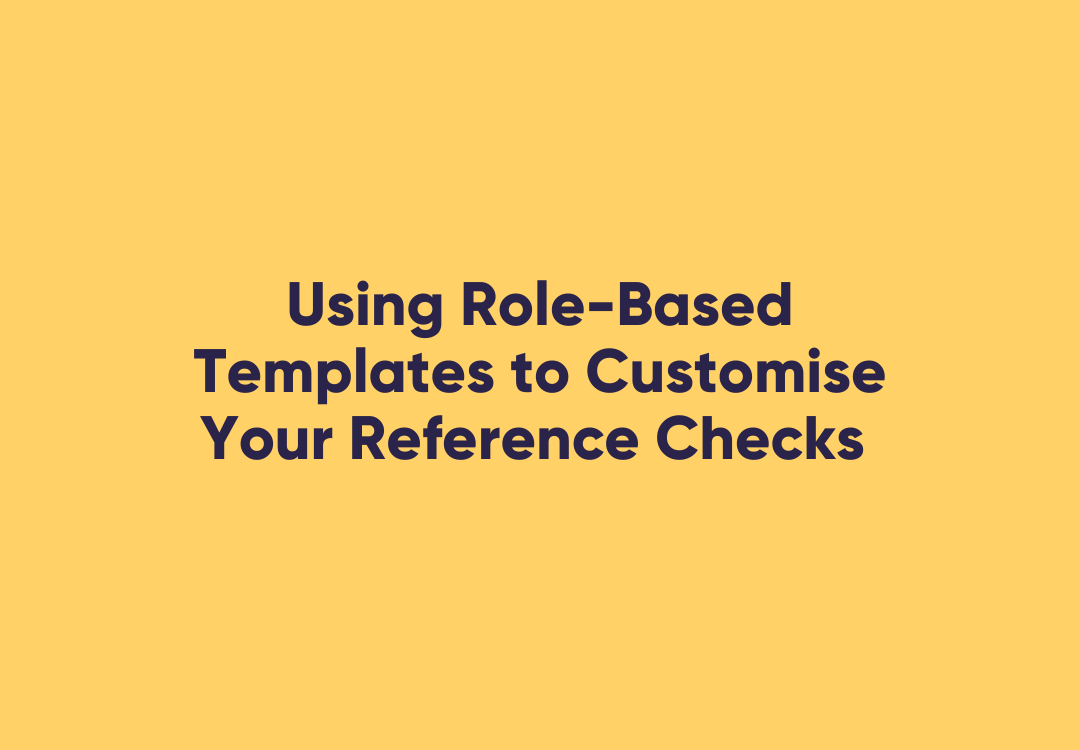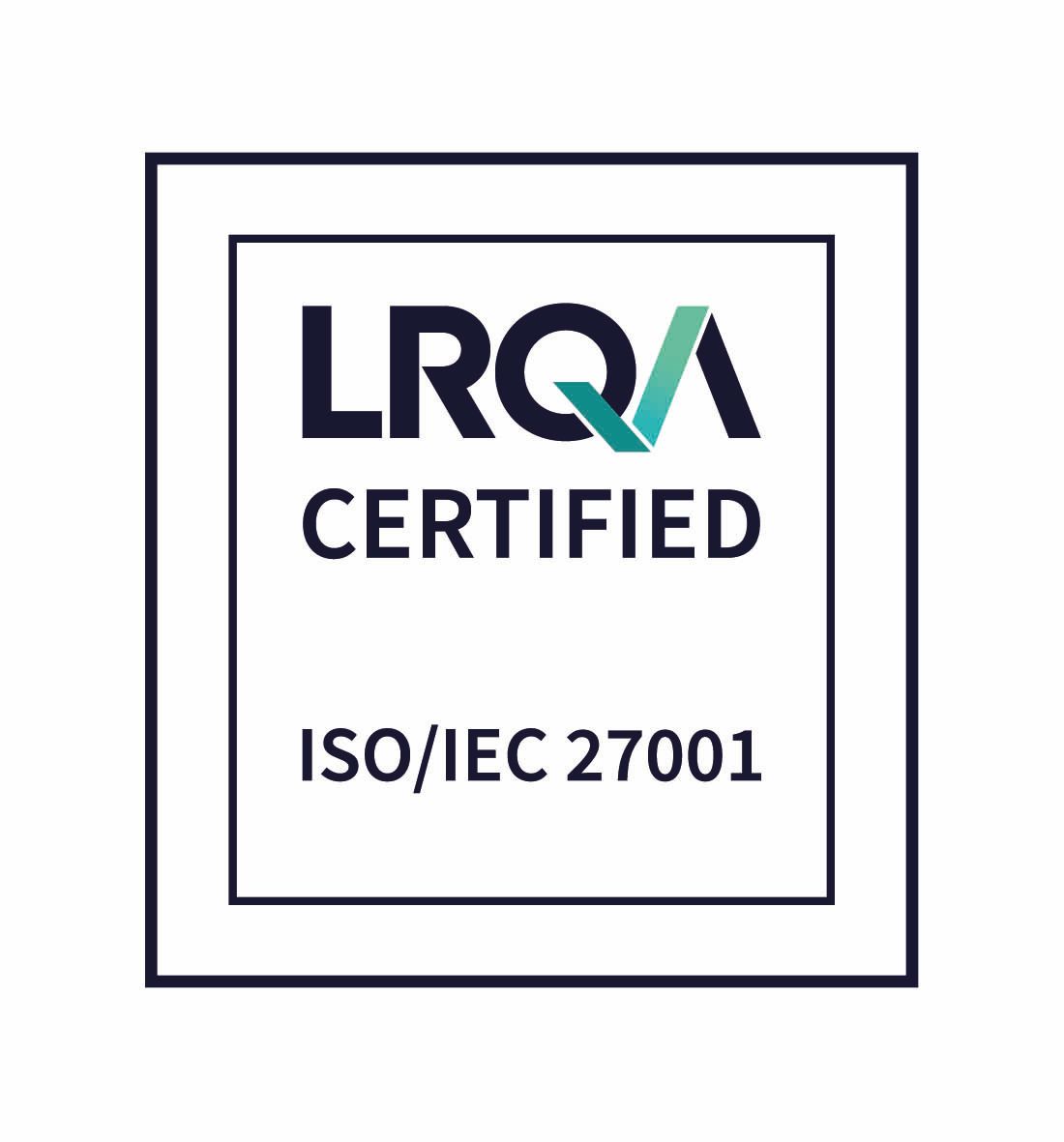EOFY Safety Planning: Aligning Work Health and Safety Compliance for FY25-26
New Financial Year Safety Planning: Aligning Work Health and Safety Compliance for FY25-26
As we enter the 25-26 financial year, Australian businesses need to reassess and enhance their Work Health and Safety (WHS) strategies. Recent data indicates a concerning trend: in 2024, Victorian universities reported significant expenses due to WorkCover claims, with incidents ranging from slips and trips to chemical exposures, highlighting the pressing need for robust safety measures. (Source: heraldsun)
The beginning of the financial year is a natural time to step back, review your safety protocols, and make sure they keep pace with current legislation, technology, and the way your workforce operates. With the introduction of the Digital ID Act 2024 and updates to the Fair Work Information Statement, organisations must navigate a complex landscape to ensure compliance and safeguard their workforce.
This guide delves into the essential components of new financial year safety planning, offering insights into legislative changes, technological integrations, and strategic approaches to foster a safe and compliant workplace in FY25-26.
What is New Financial Year Safety Planning?
New financial year safety planning is the strategic process undertaken by organisations at the beginning of the financial year to evaluate and enhance their Work Health and Safety (WHS) programs. This planning ensures alignment with current legislation, addresses emerging risks, and sets the foundation for a safe working environment in the upcoming fiscal year.
To align work health and safety compliance for FY25-26, organisations should:
- Review and update WHS policies in accordance with recent legislative changes.
- Implement or upgrade safety training programs, leveraging eLearning platforms for broader reach.
- Integrate digital identity verification systems to streamline onboarding and compliance checks.
- Ensure dissemination of updated Fair Work Information Statements to all employees.
- Conduct comprehensive risk assessments to identify and mitigate potential hazards.
By proactively addressing these areas, businesses can foster a culture of safety, ensure compliance, and position themselves for a successful FY25-26.
The Importance of New Financial Year Safety Planning
For HR and recruitment professionals, a new financial year is a critical juncture to reassess workplace safety protocols. The introduction of the Australian Work Health and Safety Strategy 2023–2033 underscores the nation's commitment to reducing workplace injuries and fatalities by 30% over the next decade.
The enactment of the Digital ID Act 2024 facilitates secure and efficient verification processes, streamlining onboarding and compliance checks. Simultaneously, updates to the Fair Work Information Statement mandate that employers provide the latest information to new employees, ensuring transparency and adherence to employment standards.
Neglecting these updates can lead to compliance breaches, financial penalties, and reputational damage. Therefore, integrating these considerations into new financical year safety planning is paramount for organisational resilience and employee well-being.
Navigating Legislative Changes and Technological Advancements
Legislative Updates
The Australian Work Health and Safety Strategy 2023–2033 sets forth ambitious targets, including a 30% reduction in worker fatalities and a 20% decrease in serious claims resulting in one or more weeks off work. This strategy emphasises the importance of embedding good WHS practices across all industries and cohorts. (More info).
The Digital ID Act 2024, effective from 1 December 2024, introduces a national framework for digital identity verification. It enables businesses to enhance privacy protections, streamline identity checks, and reduce both administrative overhead and the risks linked to identity fraud.
Technological Integrations
The rise of Learning Management Systems (LMS) and eLearning platforms has revolutionised safety training, offering flexible and accessible options for workforce education. These tools enable organisations to deliver consistent training, track compliance, and adapt content to evolving legislative requirements.
Additionally, the implementation of digital identity solutions facilitates seamless onboarding, ensuring that right-to-work checks, background verifications, and compliance documentation are efficiently managed. This integration not only enhances operational efficiency but also strengthens organisational compliance frameworks.
WorkPro's Solutions for New Financial Year Safety Planning
WorkPro offers a suite of tools designed to support organisations in aligning their WHS strategies with legislative requirements and technological advancements. This includes:
•
Learning modules:
Industry-specific modules designed to build knowledge and promote safe work practices.
•
Training Oversight: Real-time visibility into course completion and certification progress.
•
Policy Distribution: Streamlined delivery and acknowledgment of key workplace safety policies.
•
Self-Audit Tools: Ready-to-use checklists and templates to simplify WHS compliance reviews.
The beginning of the new financial year presents a strategic opportunity for organisations to reassess and enhance their WHS frameworks.
By staying abreast of legislative changes, embracing technological advancements, and fostering a culture of safety, businesses can navigate the complexities of compliance and safeguard their workforce.
Explore how WorkPro can revolutionise your recruitment and compliance processes today.













